Rubinstein-Taybi syndrome: clinical features, genetic basis
Por um escritor misterioso
Last updated 08 junho 2024
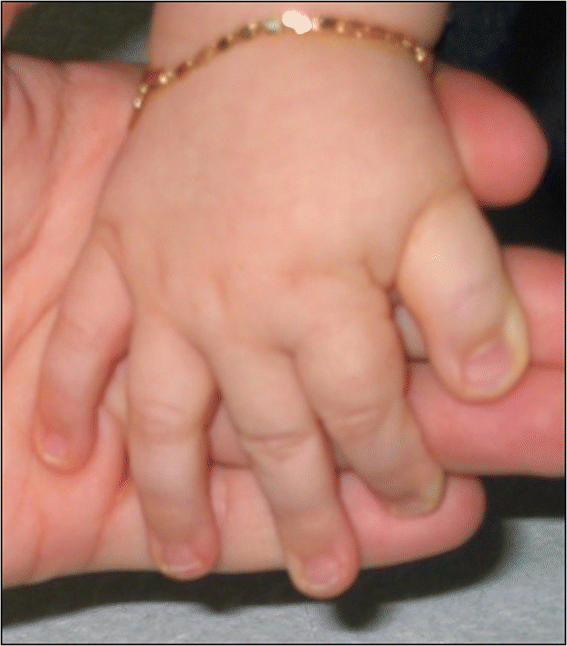
Background Rubinstein-Taybi syndrome (RSTS) is an extremely rare autosomal dominant genetic disease, with an estimated prevalence of one case per 125,000 live births. RSTS is characterized by typical facial features, microcephaly, broad thumbs and first toes, intellectual disability, and postnatal growth retardation. However, no standard diagnostic criteria are available for RSTS. In this review, we summarized the clinical features and genetic basis of RSTS and highlighted areas for future studies on an appropriate diagnostic protocol and follow-up care for RSTS. Discussion RSTS is primarily characterized by delayed growth in height and weight, microcephaly, dysmorphic facial features, and broad thumbs and big toe. Over 90% RSTS individuals with disabilities survive to adulthood, but healthcare for these patients is particularly complex, time-consuming, and costly. In addition, no standard diagnostic criteria and follow-up care guidelines are available for RSTS. It has been shown that mutations in the genes encoding the cyclic-AMP-regulated enhancer binding protein (CREBBP) and the E1A-binding protein p300 (EP300) contributed to the development of RSTS. Therefore, genetic tests are useful for the diagnosis of RSTS, although most RSTS cases are currently diagnosed based on clinical features. Summary The clinical features of RSTS have been extensively studied, which significantly contributes to the diagnosis of this extremely rare syndrome. However, the pathogenesis and genotype-phenotype associations of RSTS are largely unknown. Therefore, multicenter studies and international cooperation are highlighted for better understanding of this disease, establishing standard diagnostic criteria, and providing professional management and follow-up care of RSTS.

Rubinstein-Taybi Syndrome Info Bank • RTS Support Group
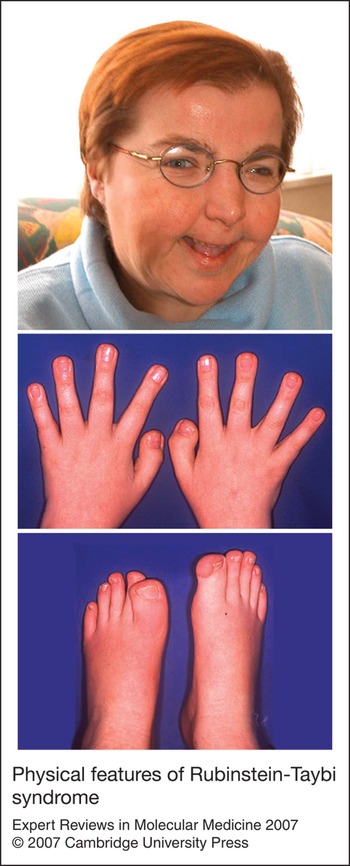
Rubinstein–Taybi syndrome: clinical and molecular overview

PDF) An unusual presentation of Rubinstein-Taybi Syndrome with

Ultra-Rare Syndromes: The Example of Rubinstein-Taybi Syndrome

Identification of de novo EP300 and PLAU variants in a patient
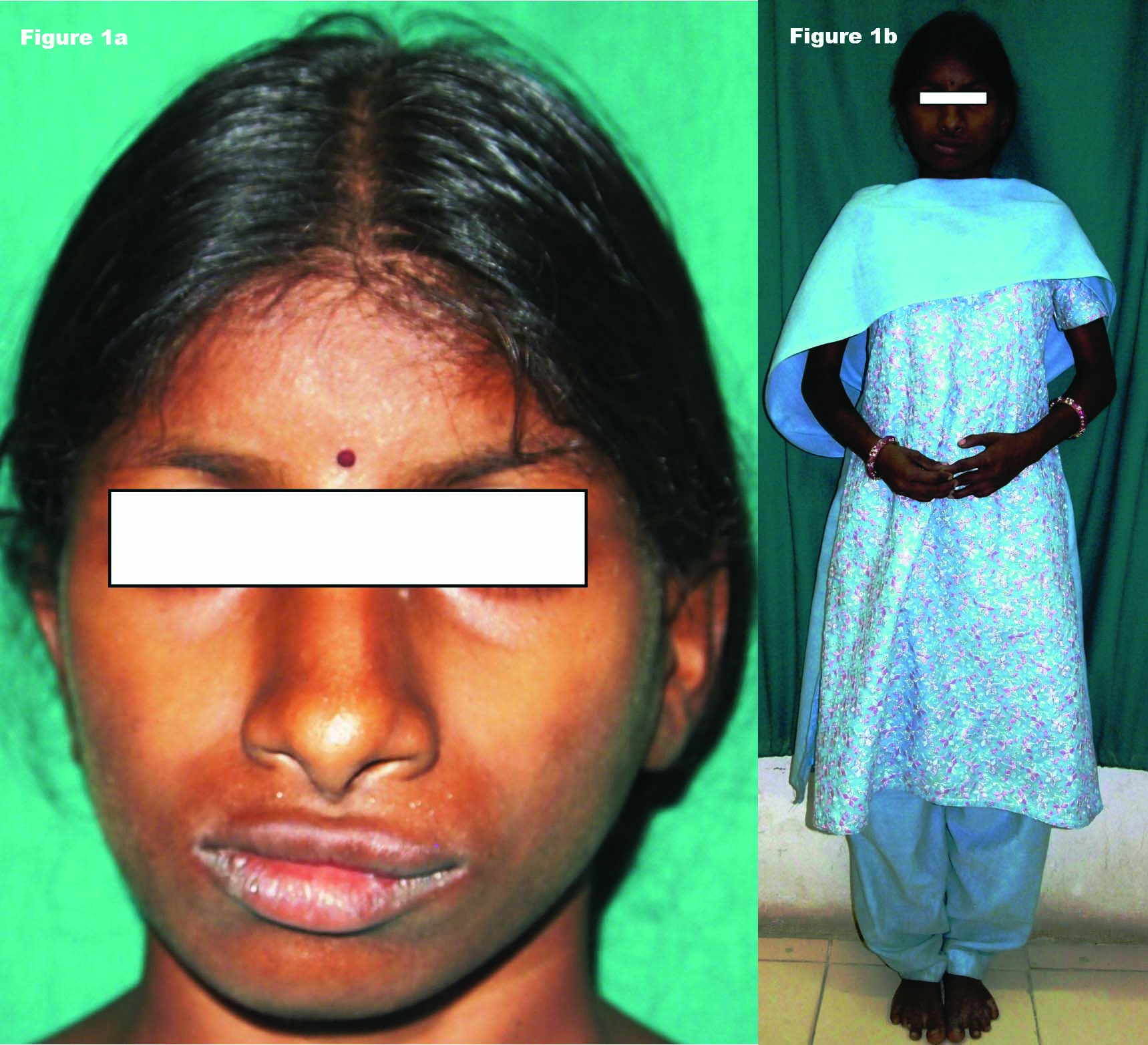
JCDR - Rubinstein-Taybi syndrome, Clinodactyly, Talon cusps

Rubinstein–Taybi syndrome in diverse populations - Tekendo
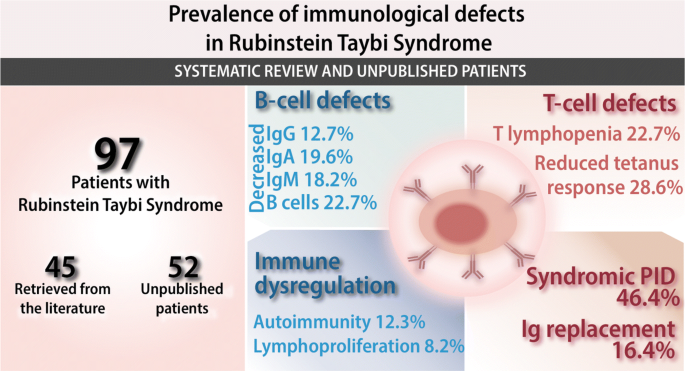
Prevalence of Immunological Defects in a Cohort of 97 Rubinstein

Rubinstein–Taybi Syndrome in a Filipino Infant with a Novel CREBBP

Cornelia de Lange Syndrome: What Is It, Causes, Signs, Symptoms
:max_bytes(150000):strip_icc()/pediatrician-487474340-3f639b1d87444d45b10ba75b77446051.jpg)
Rubinstein-Taybi Syndrome: Symptoms, Causes, Treatment

Opposing Effects of CREBBP Mutations Govern the Phenotype of
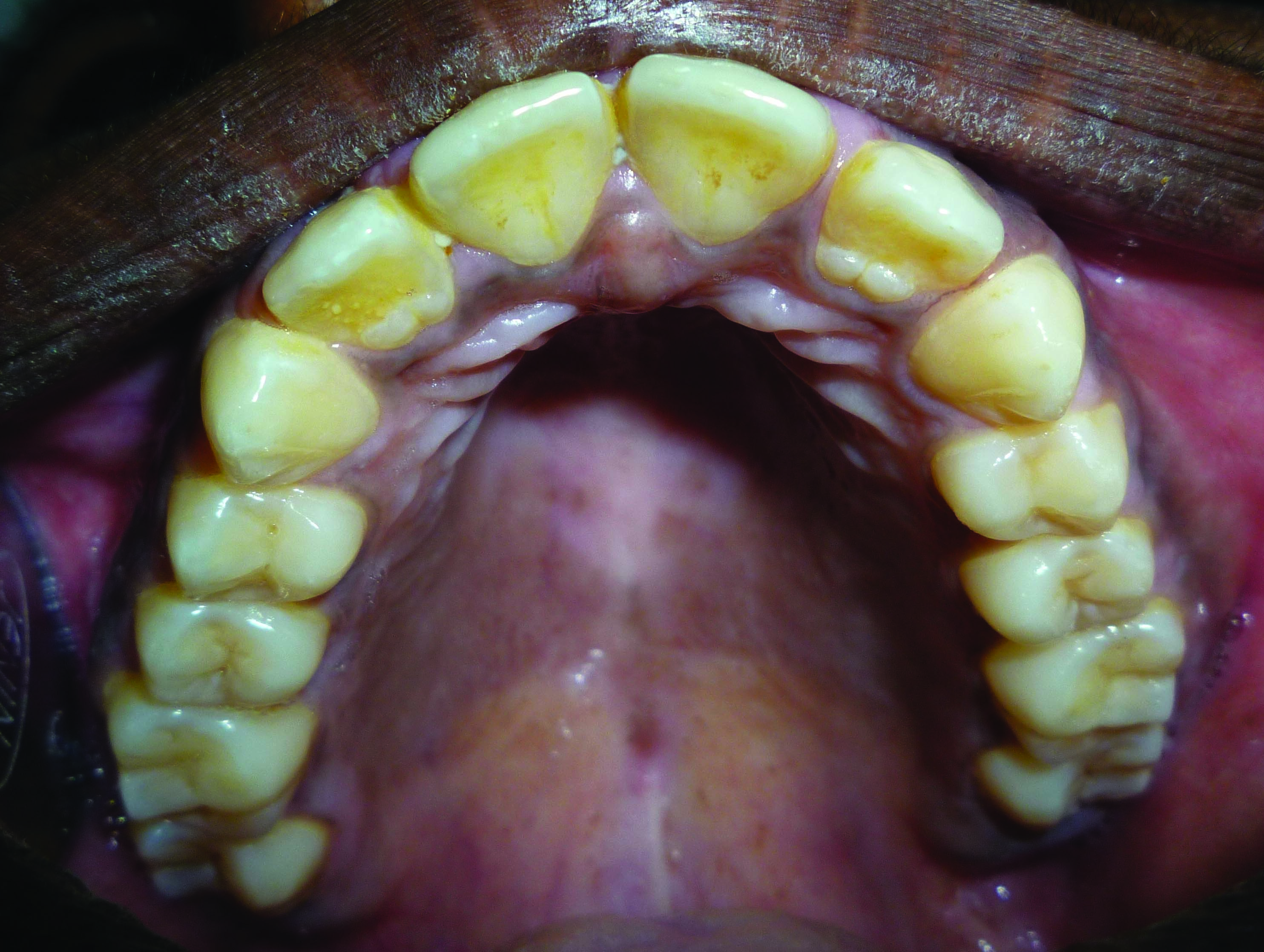
JCDR - Rubinstein-Taybi syndrome, Clinodactyly, Talon cusps

Genetic heterogeneity in Rubinstein–Taybi syndrome: delineation of

Divergent variant patterns among 19 patients with Rubinstein‐Taybi
Recomendado para você
-
Rubinstein-Taybi Syndrome 108 junho 2024
-
 Prevalence of Immunological Defects in a Cohort of 97 Rubinstein–Taybi Syndrome Patients08 junho 2024
Prevalence of Immunological Defects in a Cohort of 97 Rubinstein–Taybi Syndrome Patients08 junho 2024 -
 Clinical and molecular findings of the six patients with Rubinstein08 junho 2024
Clinical and molecular findings of the six patients with Rubinstein08 junho 2024 -
 PDF) FISH studies in 45 patients with Rubinstein-Taybi syndrome: Deletions associated with polysplenia, hypoplastic left heart and death in infancy08 junho 2024
PDF) FISH studies in 45 patients with Rubinstein-Taybi syndrome: Deletions associated with polysplenia, hypoplastic left heart and death in infancy08 junho 2024 -
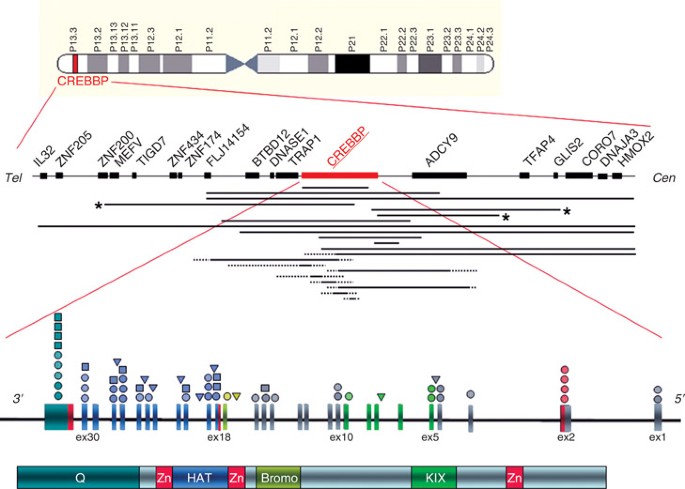 Rubinstein-Taybi Syndrome08 junho 2024
Rubinstein-Taybi Syndrome08 junho 2024 -
 PDF) CREBBP and EP300 mutational spectrum and clinical presentations in a cohort of Swedish patients with Rubinstein–Taybi syndrome08 junho 2024
PDF) CREBBP and EP300 mutational spectrum and clinical presentations in a cohort of Swedish patients with Rubinstein–Taybi syndrome08 junho 2024 -
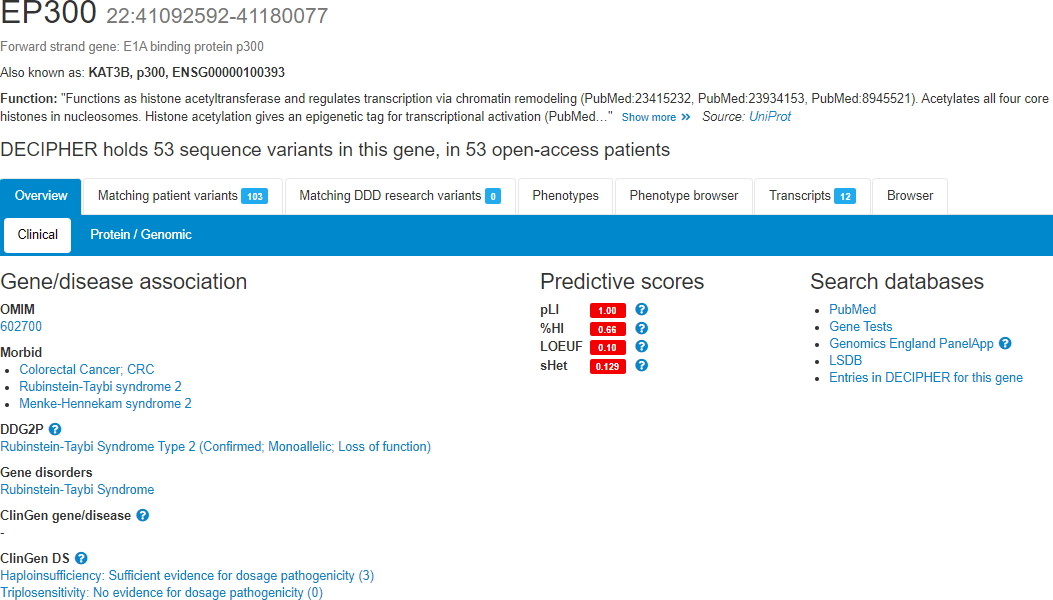 About - DECIPHER v11.2308 junho 2024
About - DECIPHER v11.2308 junho 2024 -
 Genetic heterogeneity in Rubinstein–Taybi syndrome: delineation of the phenotype of the first patients carrying mutations in EP30008 junho 2024
Genetic heterogeneity in Rubinstein–Taybi syndrome: delineation of the phenotype of the first patients carrying mutations in EP30008 junho 2024 -
 Expanding the phenotype associated to KMT2A variants: overlapping clinical signs between Wiedemann–Steiner and Rubinstein–Taybi syndromes08 junho 2024
Expanding the phenotype associated to KMT2A variants: overlapping clinical signs between Wiedemann–Steiner and Rubinstein–Taybi syndromes08 junho 2024 -
 Ultra-Rare Syndromes: The Example of Rubinstein-Taybi Syndrome. - Abstract - Europe PMC08 junho 2024
Ultra-Rare Syndromes: The Example of Rubinstein-Taybi Syndrome. - Abstract - Europe PMC08 junho 2024
você pode gostar
-
 hotaru haganezuka kozo kanamori these blade makers should wear08 junho 2024
hotaru haganezuka kozo kanamori these blade makers should wear08 junho 2024 -
![TV Animation [Yowamushi Pedal Limit Break] Trading Acrylic Block Key Ring (Set of 12) (Anime Toy) Hi-Res image list](https://www.1999.co.jp/itbig93/10939793a2.jpg) TV Animation [Yowamushi Pedal Limit Break] Trading Acrylic Block Key Ring (Set of 12) (Anime Toy) Hi-Res image list08 junho 2024
TV Animation [Yowamushi Pedal Limit Break] Trading Acrylic Block Key Ring (Set of 12) (Anime Toy) Hi-Res image list08 junho 2024 -
 TCB-vs-TAB –08 junho 2024
TCB-vs-TAB –08 junho 2024 -
 Ragnar deciding on the life of his son Ivar Boneless.08 junho 2024
Ragnar deciding on the life of his son Ivar Boneless.08 junho 2024 -
 Live Wallpapers tagged with Garou08 junho 2024
Live Wallpapers tagged with Garou08 junho 2024 -
 Tennis Federer throws his hat into the ring for number one spot Federer throws his hat into the ring for number one spot - AS USA08 junho 2024
Tennis Federer throws his hat into the ring for number one spot Federer throws his hat into the ring for number one spot - AS USA08 junho 2024 -
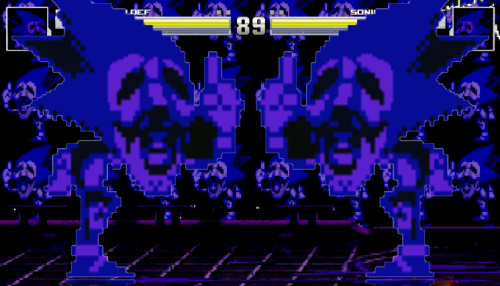 Fun is Infinite (Sonic CD) - Sonic Stages - AK1 MUGEN Community08 junho 2024
Fun is Infinite (Sonic CD) - Sonic Stages - AK1 MUGEN Community08 junho 2024 -
 Layers of Fear VR Reviews - OpenCritic08 junho 2024
Layers of Fear VR Reviews - OpenCritic08 junho 2024 -
 Puzzle Bobble Everybubble! será lançado durante o outono brasileiro de 2023; Novo trailer08 junho 2024
Puzzle Bobble Everybubble! será lançado durante o outono brasileiro de 2023; Novo trailer08 junho 2024 -
N.0 Alphabet Lore08 junho 2024